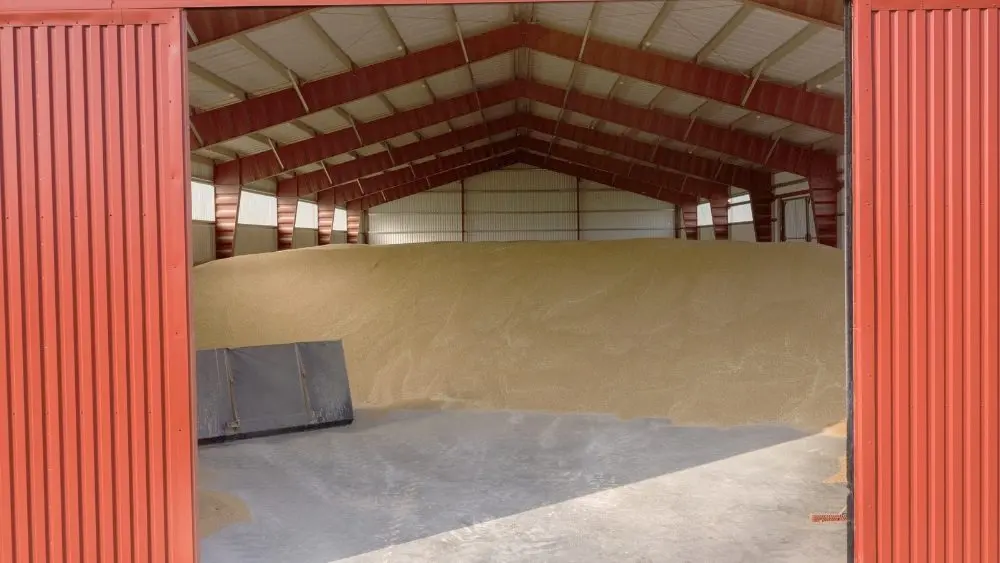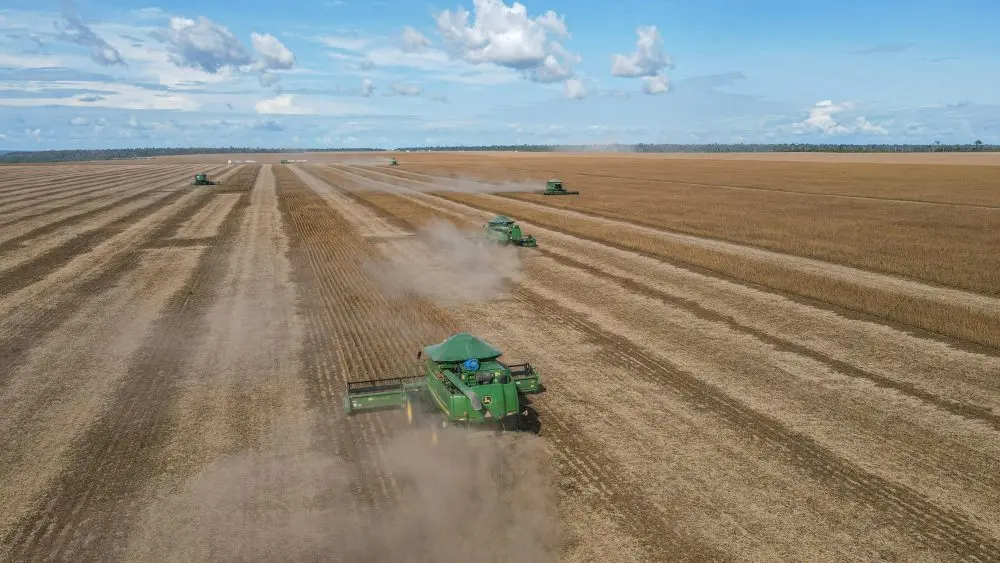
(FARGO, ND) — As fall harvest gets into full swing, many producers across the Northern Plains and Midwest are looking at all options to store a lot of bushels this fall and winter.
In North Dakota particularly, this summer’s severe weather damaged a lot of storage both on the farm and at local elevators. Many elevators are saying they will not be able to accept soybeans this fall across the state because of limited storage and a lack of export business via rail to the PNW. This is leading to many producers looking into alternative grain storage methods this fall. And according to Ken Hellevang, professor emeritus and retired North Dakota State University Extension agricultural engineer, moisture is going to be one of the key factors.
“All storage options should keep the grain dry and provide adequate aeration to control grain temperature,” says Hellevang. Grain must be at the recommended storage moisture content and cool when placed in alternative storage facilities because providing adequate, uniform airflow to dry grain or cool grain coming from a dryer is not feasible.
Read more tips on alternative grain storage: https://ndsoybean.org/alternative-grain-storage/
Listen to our conversation about alternative grain storage with Ken Hellevang on our North Dakota Soybean Council Update for October:



